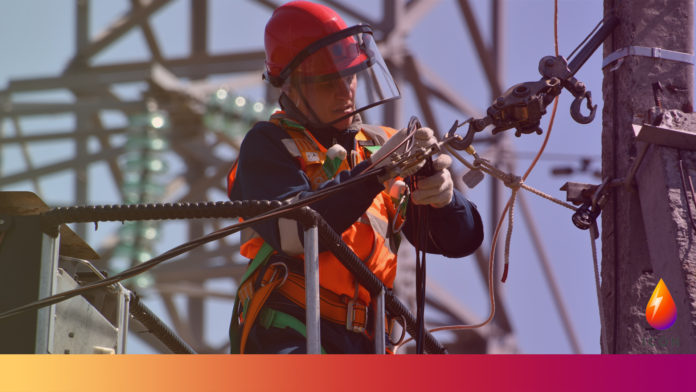
The Renewable Obligation Certificates (ROCs) supply and demand gap will be narrower in the 2020-21 compliance period than in previous years, due to lower overall electricity demand expectations, new forecasts from Cornwall Insight show.
In fact, there is a material risk of ROCs being oversupplied should certain conditions arise, which would reduce renewable generator’s expected revenue.
Cornwall Insight forecasts show
- The ROC supply-demand gap will be closer in this compliance period (2020-21) than in the previous few years.
- The gap is predicted to be well below 10% as intended by BEIS’s “headroom mechanism” it uses to set the annual Renewables Obligation (RO) targets.
- Given tighter supply and demand fundamentals, ROC prices have traded much closer to the buy-out price compared to recent years.

Tim Dixon, Wholesale Team Lead at Cornwall Insight, explained the findings further: “Although there has been some resurgence in electricity demand, if it continues to be lower than previous years for a longer period or there are any additional measures to combat a second wave of COVID-19, the ROC market could be pushed into oversupply.
“Higher output from intermittent generation technologies coinciding with this low demand year could also lead to oversupply.
“Our forecasts show that a plausible ‘high wind generation year’ within historic ranges would also see the market become oversupplied, even under our current central demand scenario which sees demand at closer to normal levels than in spring months.
“Should the market become oversupplied, then outturn ROC values could fall to the buy-out with a recycle value close to zero.
“As a result of this uncertainty, we have observed a fall in traded ROC prices to date and greater discounts being applied to these certificates in our tracking of recent PPA deals.
“Despite this outlook and oversupply risk, a mechanism that allows ROCs to be “banked” from CP19 (2020-21) into the next compliance period (CP20) could provide some respite for ROC values.
“Lower traded ROC values in CP19 and expectations of a higher ROC value in CP20 could offer a good commercial incentive to bank ROCs into the next CP.
“Therefore, we anticipate that banking levels in CP19 could be greater than in some recent years and have knock-on effects for future years.
“Any future impacts may be dependent on BEIS’s setting of the RO for CP20, which is expected on 1 October this year.”

Alex Mackey, Flexible Pricing Manager at Energy & Carbon Management, commented on the findings: “This particular issue may primarily impact renewable generators, but the knock on effects of COVID-19 continue to be felt across the energy industry by all parties, beyond just the obvious influence it had on the pure wholesale price.
“The supply and demand balance was completely tipped on its head during the main period of global lockdown, but UK power demand and wholesale prices have now recovered back to near normal levels.
“However, we will continue to see situations such as this one in the coming months, even years, due to the structure of some industry schemes and charges which are settled in arrears and will see a delayed impact from the original lockdown.
“Any further periods of demand loss, even if more general, will undoubtedly see these impacts exacerbated.”